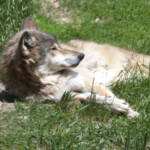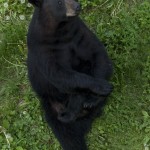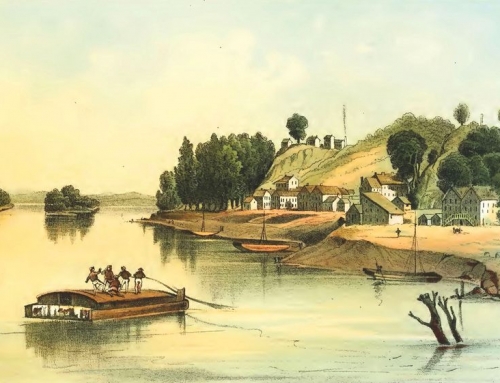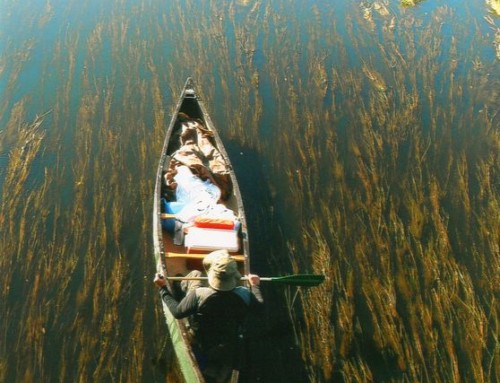This was a good week for getting outside. To kick things off, I had a chance to chat and learn from two of the area’s experts on the natural world: Bill Marshall, the sage of the forest, and John Latimer, a man in touch with the seasons and cycles. Thanks to them, this city boy can now tell the difference between pine and spruce—heck, I can even tell the difference between red and white pine—and can spot an orchid at twenty paces. As I’ve learned more about the ecology of the forest, hiking is much more fun. In between swats at mosquitoes, I try to identify a few plants and pick out a few animal tracks.
I haven’t seen much wildlife, yet, although judging by the roadkill, there’s quite a variety. Sure, there are the usual dead raccoons and deer plus the occasional skunk and squirrel, but I’ve also seen a few squashed porcupines, which must have ripped the hell out of the tires that ended their lives. I’ve also seen a lot of turtles crossing the road, but those were alive, I think; it’s sometimes hard to tell with a turtle.
I finished nature education week with a trip to Ely, about two hours northeast of Grand Rapids. Ely is best known as the jumping off point for folks who want to explore the Boundary Waters Canoe Area, but I was more interested in jumping in with the wolves and bears.
Wolves and humans have had a love/hate thing going for a long time. At the International Wolf Center, you can read about the amazing variety of attributes humans have projected onto them (vicious predator, wise and loyal friend, vicious predator), most of them reflecting primal fears that are not subject to reason. I had a conversation with a guy in a bar just a few days earlier who was convinced that wolves had cut Minnesota’s deer population in half. While some might see cutting the deer population as a good thing (like most drivers and gardeners), a big drop might harm deer hunting, which is a major industry in a state with 500,000 registered hunters.
Well, the wolves aren’t the problem. Here’s some quick math. One wolf kills 15-20 deer a year; about 3000 wolves live in Minnesota, meaning that they kill 45,000 to 60,000 deer every year. Sounds like a lot, except that car accidents kill about 25,000 a year and hunters annually take about 200,000. Wolves may have some impact on the size of the deer population, but aren’t to blame for poor hunting luck. Besides, the wolves usually take the most vulnerable deer—the youngest, weakest, and sickest—which is not the type of deer that hunters prize. So quit blaming the wolves. End of public service announcement.
The Wolf Center has two wolves in a three-acre enclosure and three wolves that are AARW members and have been retired from public service. Besides the exhibits on wolf mythology, there is a good display on the often troubled relationship we—people—have had with them that is full of science-y kinds of things.
At the North American Bear Center, three black bears—Ted, Lucky, and Honey—roam around a 2 ½ acre enclosure, often in full public view where they sometimes pose for way-too-cute photos. Inside, the multitudes of videos of bears filmed in the wild provide a deeper and fascinating look at a world few of us ever get to see, including a den-cam that became something of an Internet sensation. Black bears are surprisingly docile and almost entirely vegetarian, eating berries and nuts except for a few times when meat is irresistible, like when parents let their young children wander away in the woods. Just kidding. Bears actually prefer eating vegetarians, for the irony.
My personal highlight at the center was feeding a brazil nut to Ted, who, even after shedding hundreds of pounds since arriving at the center, weights in at 500 pounds, still heavy for a black bear. Ted squeezed his lips around the nut and my fingers, leaving a pool of slobber on my fingers. (Don’t worry, mom, the bear and I were separated by a fence.) Visiting the center upended my perceptions of black bears completely. I’ll maintain a healthy dose of respect for them, but I won’t wet my pants if I bump into one in the woods.
The next time I hike, I can add a couple of new things to look out for: wolf tracks and spots where bears have marked their territory. And maybe a porcupine, too, preferably alive.
© Dean Klinkenberg, 2011





